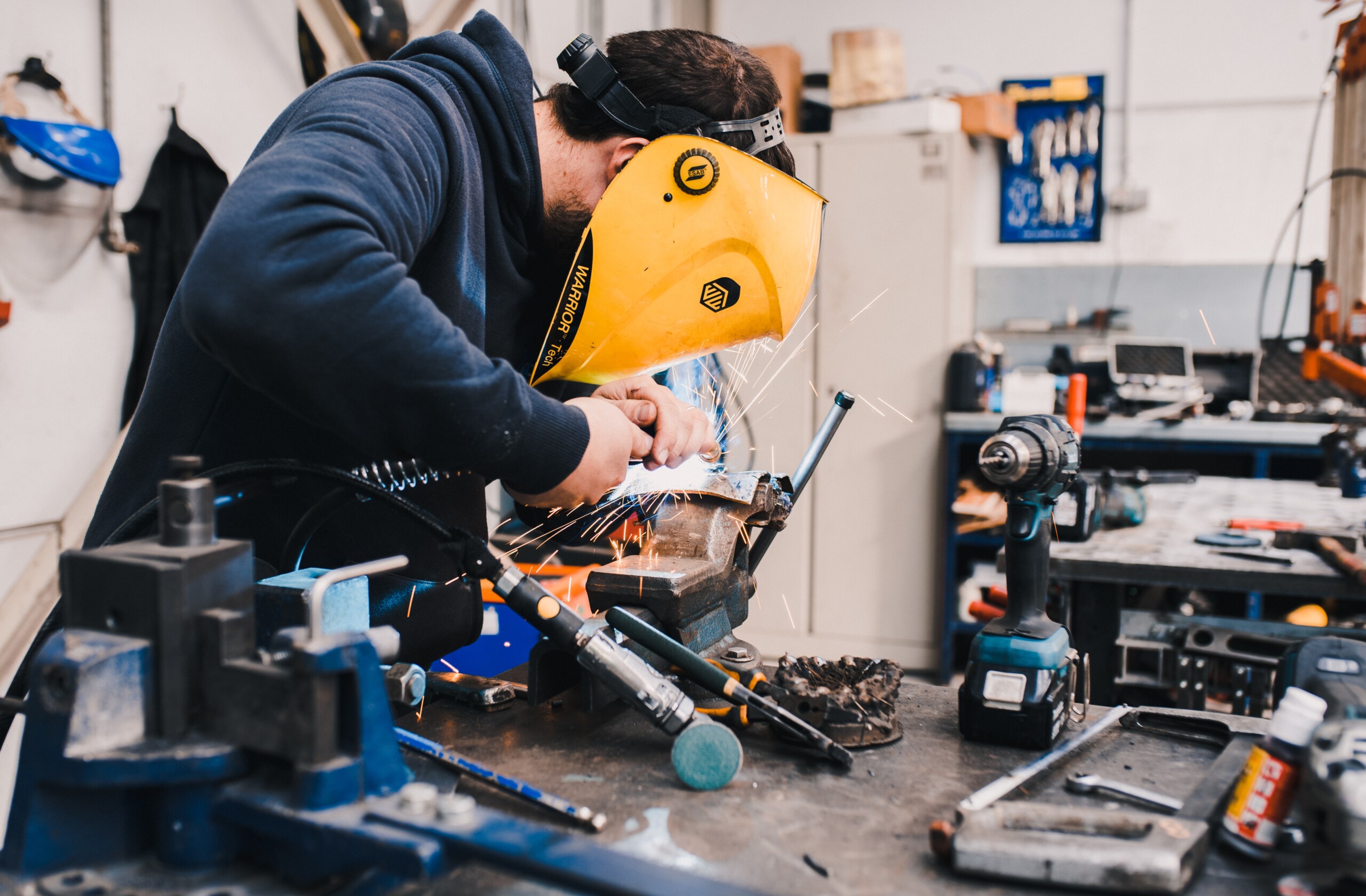Thermal spraying is a process of applying a coating to a material. More specifically, it refers to the method of coating application which is by heating the coating material until it is molten when it is then sprayed onto a substrate.
Upon contact with the component, the coating material solidifies and bonds, forming a stable and hard coating. Just as there are advantages to thermal spraying such as shape complexity, flexibility, and coverage area, there are also disadvantages.
We’re going to explore those within this post.
The Disadvantages of Thermal Spray Coatings
Despite being widely used in applications and effective in said applications, thermal spray coatings do still have some disadvantages and limitations.
Porosity
Porosity is when there are small gaps in a coating and this is quite a disadvantage because liquid or air can pass through these holes to affect the actual component underneath. If something can penetrate the coating, such as corrosive agents or harmful substances, then the protection the coating offers is limited.
Potentially, this could lead to premature failure.
Limited Thickness Control
Thermally spraying a coating can provide a substrate with uniform thickness. Achieving this precisely, however, can actually be quite challenging with thermal spray processes. There are many contributing factors in thermal spraying and all can have affects on the outcome of the coating.
Spraying distance, spraying angle, and spray material properties, for instance, can all have an impact on the thickness of a coating.
This lack of control over the coating thickness can be quite concerning when critically applying a coating.
Surface Preparation Requirements
For many of the thermal spray processes, proper surface preparation is required in order for an effective bond to form between the spray coating and the coating surface.
An inappropriately or incorrectly prepared surface can be the difference between a good coating-substrate bond and an ineffective one. This is because adhesion issues can happen which means that the coating is not performing to a high level.
Integrity
Those that apply a thermal spray coating need to be skilled and experienced because that is something that can actually impact the quality and integrity of the coating itself. When the spraying techniques are inconsistent across components, the coatings will be uneven, defective, or offer inadequate coverage.
Overall, these can seriously compromise on the protective properties the coating provides.
Limited Substrate Material
Amazingly, there are so many different materials that can have spray coatings. It’s not just metal anymore but glass, plastic, ceramics, etc.
However, there is still a limit no matter how many surface materials there are to choose from. This is because thermal spray coatings use a molten coating substance. Therefore, any surface materials with low melting points won’t actually make it past the coating stage. Their heat resistance may not be strong enough to handle a thermally sprayed coating.
Considerably high temperatures, especially those above melting points, can cause distortion and damage to the materials subjected to the process.
Environmental Considerations
Unfortunately, thermal spray processes still aren’t quite up to the same level of eco-friendly as others may be. Due to the high temperature flames and arcs producing gases, fumes, and dust that, potentially, contains hazardous materials, environmentalism is always a topic of discussion.
Ventilation systems and the right safety measures are absolutely crucial not only just so the workers are protected but also so an effort can be made to protect the environment, too.
Thermally Sprayed Coatings
Despite their disadvantages, thermal spray coatings are pretty valuable for industries due to the protection, coverage, and application they provide. They protect against corrosion, erosion, abrasion and have some amazing resistance qualities. Wear, high temperatures, friction.
The thermal insulation characteristics of these coatings when applied correctly really does deserve its due.
It is pretty essential to consider both the pros and the cons for any coating technology to determine exactly how you should and will use it. There’s a group of coating techniques under thermal spraying, learning about each one and the important safety measures is important. Particularly if you’re not familiar with some or will be adopting them into your processes.
Alphatek Hyperformance Coatings Ltd
Our thermal spray coating solutions are suitable for application on to many substrates other than just metal. If you’re struggling or are facing a design challenge, look to no one other than Alphatek.
There’s no shortcut to experience.
As a leading independent thermal spray coating specialist, we provide many services to many industries. We provide complete metal spraying, thermal spray coatings, fluoropolymer coatings, and finishing services to a unique variety of manufacturers.
Alphatek is rarely limited by technology, and we’re certainly not limited by imagination – our team will take your problem to the drawing board where they can break down every aspect of it until they arrive at a solution that is bespoke, suitable to your requirements.
Entrust your business to Alpahtek. You’re in capable hands with us.
Get in touch with us by calling on 01706 821 021 or by dropping us a line via postbox@alpahtek.co.uk.
